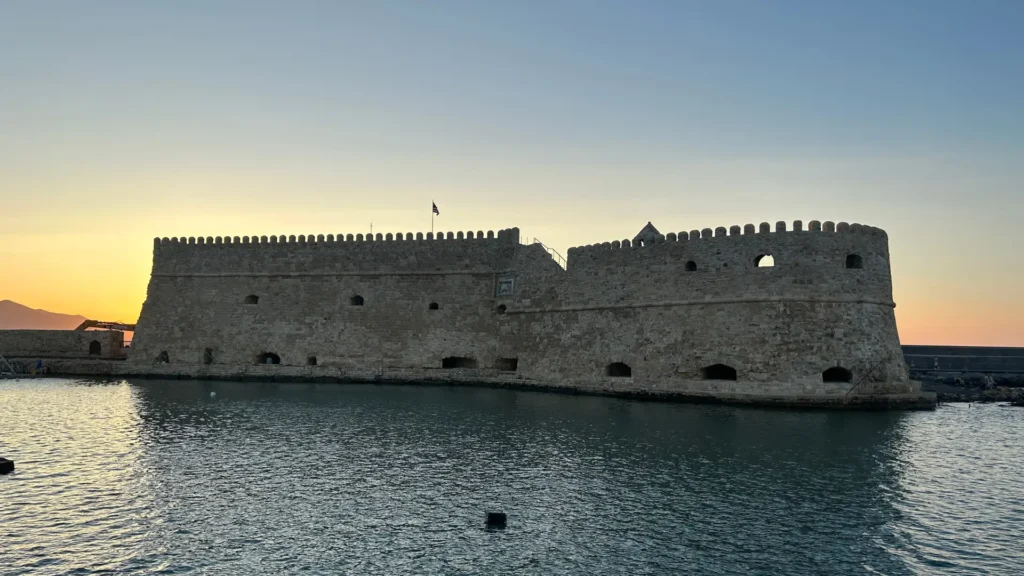The Rise of the Venetian Empire in Greece and Crete
The Rise of the Venetian Empire in Greece and Crete marked a significant chapter in history, characterized by Venice’s expansion and influence across these regions. Established in the 13th century, the Venetian Empire’s legacy endures through its architectural marvels, such as the Koules Fortress in Heraklion, Crete.

The Rise of the Venetian Empire in Greece and Crete
The Rise of the Venetian Empire in Greece and Crete
The Venetian Empire’s presence in Greece and Crete was a fascinating chapter in the history of these regions. Established in the early 13th century, the Venetian Empire’s rule extended across various Greek islands and the significant island of Crete, leaving behind a rich legacy of architecture and influence.
Foundations of the Venetian Empire
The Venetian Empire, also known as the Republic of Venice, had its roots in the city of Venice itself. Its ascendancy was facilitated by a combination of factors, including a strategic geographical location at the crossroads of trade routes in the Mediterranean, skilled diplomacy, and a powerful navy. Venice’s commitment to commerce played a pivotal role in expanding its influence in Greece and Crete.
Architectural Marvels in Crete: The Legacy of the Venetians
One of the most enduring aspects of Venetian rule in Crete is the architectural heritage they left behind. Heraklion, the island’s capital, bears witness to this rich history through the preservation of iconic Venetian structures, including the imposing Koules Fortress overlooking the harbor. These architectural marvels are a testament to the Venetians’ influence on the island’s urban development.
Influence on Greek Culture and Society
The Venetian Empire’s rule in Greece and Crete significantly impacted the local culture and society. Venice introduced various administrative and legal reforms that left a lasting imprint on governance. The legal code known as the “Venetian Constitution” played a central role in shaping the legal systems of these regions.
Trade and Commerce: A Driving Force
Commerce was a cornerstone of Venetian power, and its influence extended to Greece and Crete. Venetian merchants actively engaged in trade, facilitating the exchange of goods and ideas between the East and West. This dynamic commerce led to the development of vibrant marketplaces and trade networks in Greek cities.
The Fortifications: Defending the Empire
Given its maritime focus, Venice invested heavily in fortifications to secure its territorial gains. Crete, in particular, became a focal point for fortification efforts, boasting a network of well-preserved castles and walls. The most renowned of these is the Fortezza of Rethymno, a massive fortress that dominates the cityscape.
